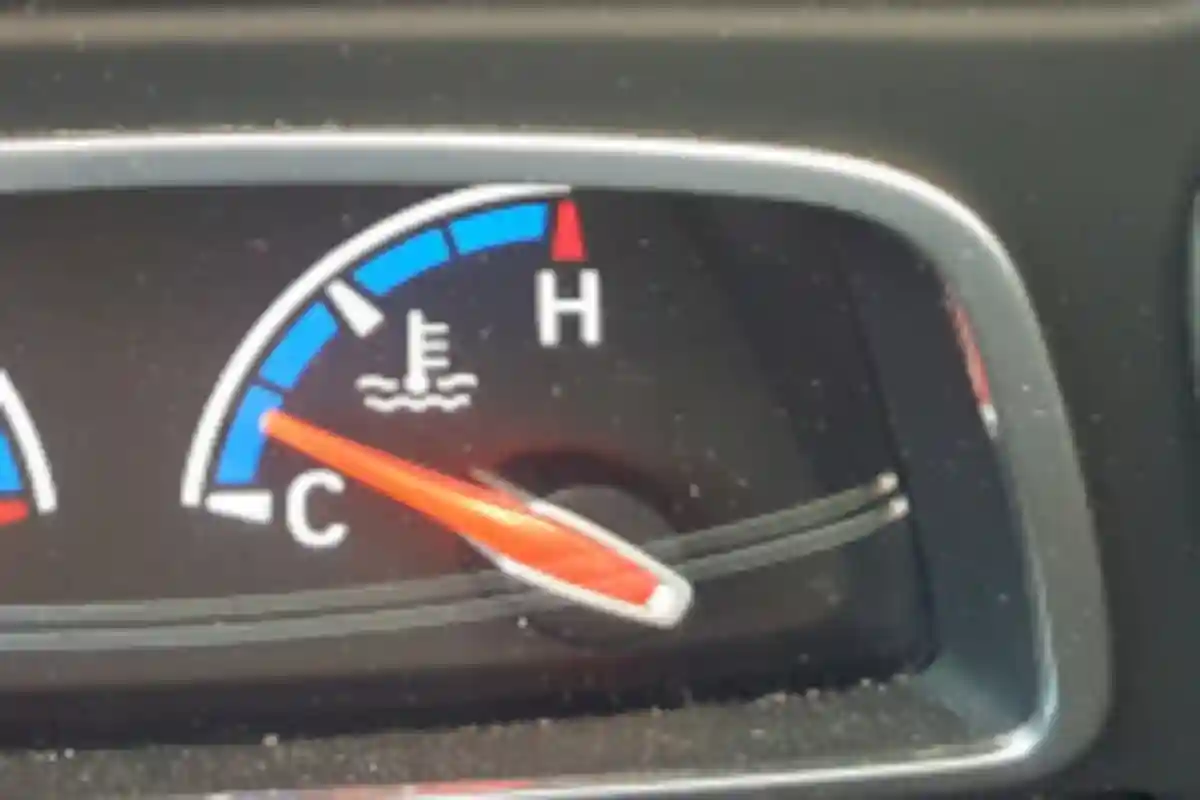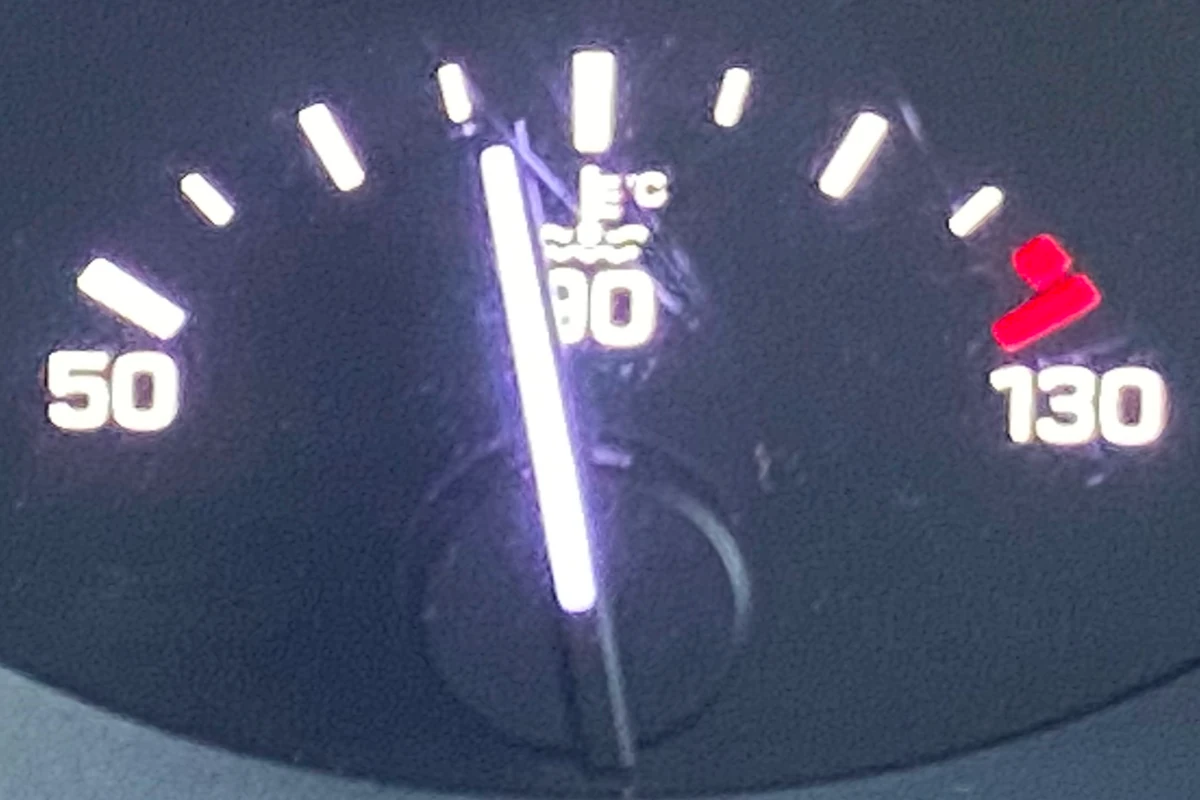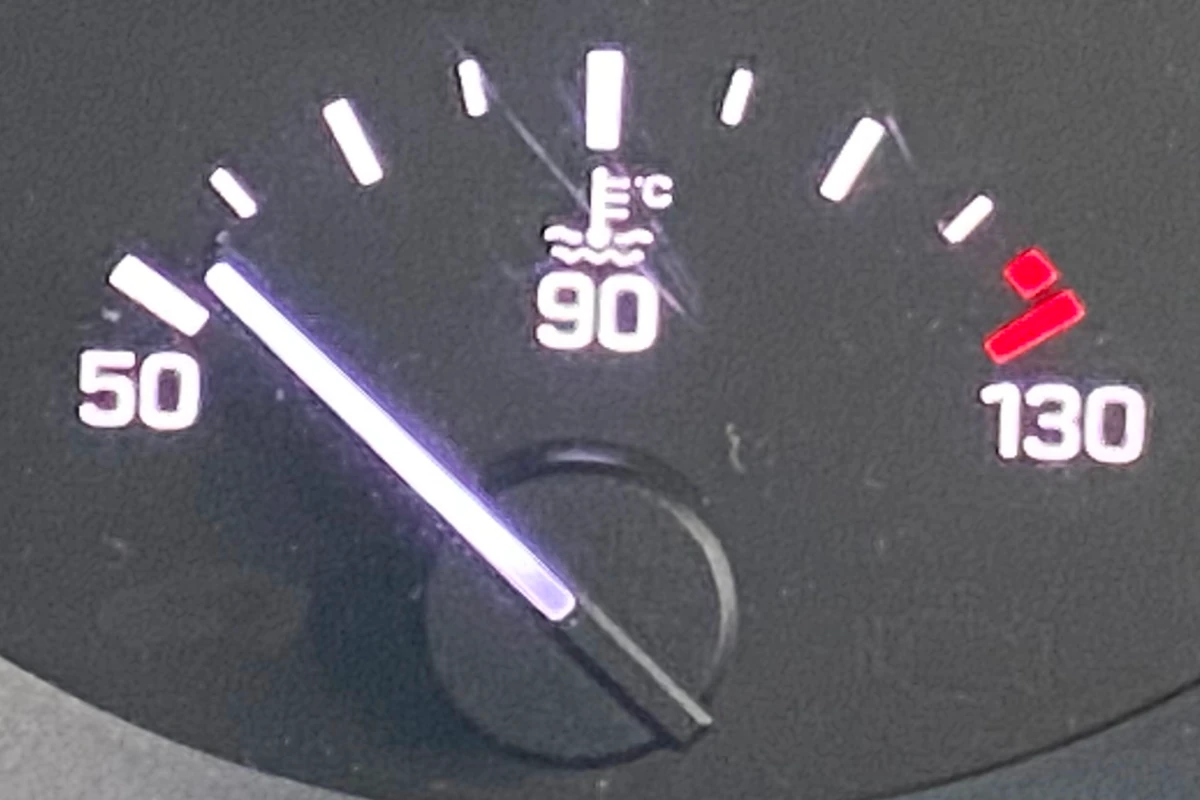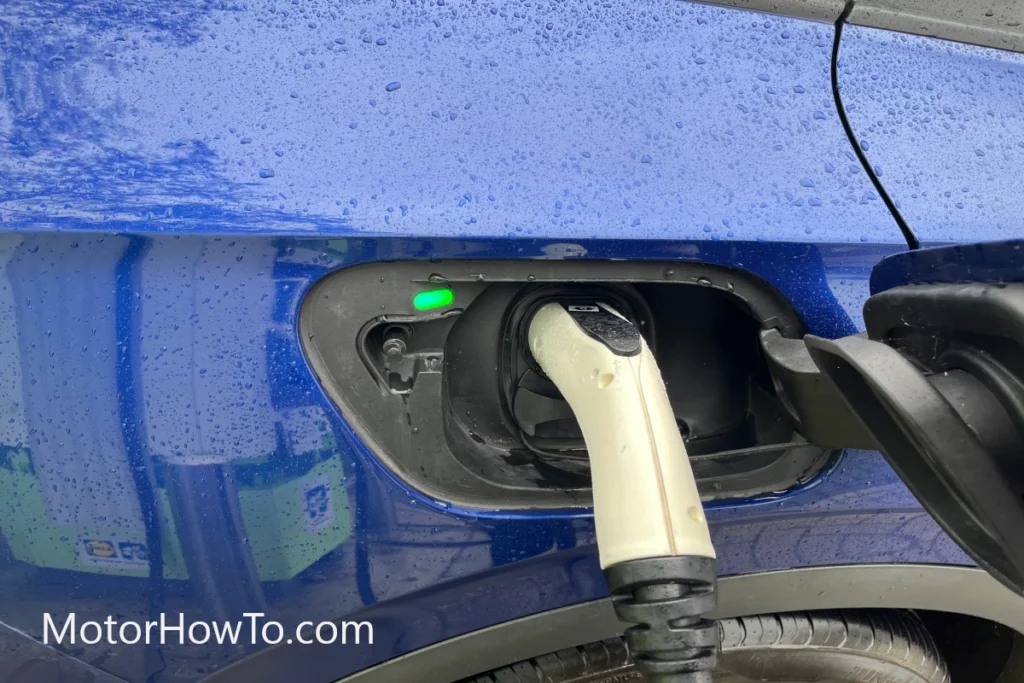One of the most important things that drivers are taught early on is to make sure that the temperature gauge never reaches the red zone because that’s when the engine ends up overheating.
But not a lot of people are taught about keeping your temperature gauge somewhere normal and not falling in the colder zone of the gauge.
The fact is that your engine needs to be warm for it to work at its best.
So, if that is the case, why are there instances where your car’s temperature gauge drops when you are driving?
Here’s why your car temperature gauge drops while driving
The most probable reason why your car temperature gauge drops while you are driving is that your thermostat stays open. Your car’s thermostat will open and close while you are driving. When it is stuck in the open position, what happens is that the coolant will continue to flow through.

While it might be a good idea to keep your engine cool instead of hot, you have to understand that you are always supposed to make sure that the car’s temperature is at normal levels.
That’s because keeping it too cool will make it more difficult for the engine to perform at its best.
As such, when your car’s temperature gauge drops while you are driving, it is important for you to remedy the situation quickly.
Related:
- Why Does Car Overheat But Cool Down When Heater Is On? (Explained)
- What Causes A Car’s Temperature Gauge To Rise? (Troubleshooting & Fix)
- How To Tell If Car Is Overheating Without Gauge? (Solved)
Is it normal for the temperature gauge to fluctuate?

For those who have been taught how to properly take care of a car, one of the things you are taught is to watch out for your engine’s temperature.
That means that you have to monitor it through the temperature gauge on the dashboard.
And, most of the time, what we know is that the engine should not be running too hot whenever we are driving or else you would risk damaging it.
In relation to that, we know that we should make sure that the temperature should be somewhere in the normal range such as when the pointer is somewhere close to the middle of the temperature gauge or is somewhere between 190 and 220 degrees.
Read more here to find out the ideal position of the temperature gauge.
This should stay the same whenever we are driving because the coolant in the engine does its job by making sure that the engine stays cool regardless of how hard it is working.
But what if your temperature gauge tends to fluctuate?
Well, for starters, it is normal for the temperature on the temperature gauge to go up and down from time to time so long as the difference tends to be minor and small.
Then again, what happens if the temperature gauge fluctuates too much to the point that it moves up and down erratically? Is this normal?
What you need to know is that a temperature gauge that’s fluctuating erratically isn’t normal.
The temperature gauge, if you want to make sure that the engine’s temperature is just fine and that the gauge is working well, should only be somewhere close to the middle of the gauge and may go up and down in small increments.
But, if the fluctuations are so huge such as when the temperature gauge reading drastically drops from the normal reading and would suddenly rise up to more than 220 degrees later on, that should be something that you should be concerned about because that is no longer normal.
So, as such, you need to make sure that the car’s temperature gauge isn’t acting erratically and must only be moving up and down in smaller increments.
Why does my car temperature gauge drop while driving?

Going back to what we said that the temperature gauge should never reach dangerously high readings because that means that the car’s engine is overheating, we all know that this is something that is basic among many different drivers.
But not a lot of drivers actually know that the other extreme case shouldn’t be normal as well especially when you are driving.
What we are saying here is that there shouldn’t be instances where your car’s temperature gauge drops down to very cold levels while you are driving.
This can be as dangerous as driving with an overheated engine as this can end up damaging the car.
Of course, you have to know that the car’s temperature gauge needs to be at normal readings for the engine to function at its best.
That’s because the engine needs to warm up for it to be able to properly move and provide your car with the power it needs.
You should also know that your engine needs to warm up so that the lubricant can get to the different chambers of the engine.
If your engine is too cold such as when the temperature gauge drops to dangerously cold levels while you are driving, this could mean that the oil isn’t getting into all of the different moving parts of the engine. And this can lead to engine damage because your engine needs to be properly lubricated for it to function well.
In normal cases, the car’s engine should be warmer as you are driving because what happens here is that the engine should be producing heat while it is burning through fuel and air and while its moving parts are producing heat through friction.
That means that it should be perfectly normal for your engine to be warm while it is working but the coolant should be doing its job well enough such that the temperature gauge reading stays at normal levels regardless of the car’s RPMs.
So, with that said, what is the reason why your car’s temperature gauge may be dropping while you are driving?
When this happens, then the first component that you should be looking at is the thermostat.
The purpose of the thermostat is that it opens up when the coolant begins to heat at 150 degrees.
It should also open and close depending on how hot the coolant is so that it can begin to allow more coolant to flow into the engine.
An example is during winter. Whenever it’s winter, the coolant in your engine should naturally be cooler. Because of that, the thermostat is more likely to stay closed because there is no need to allow more coolant to flow into the engine as the winter weather is already enough to keep your engine running at normal temperatures.
So, if the thermostat actually stays open, what happens is that the car will continue to allow coolant to flow into the engine regardless of what its temperature is.
That means that, even if the engine is running at normal temperatures, a thermostat that is stuck opened will still continue to let coolant flow into the engine. When there is excess coolant in the engine, the engine will run cooler than it should.
A thermostat is a mechanical component that is just as prone to wear and tear as the other components in your car. The constant opening and closing of the thermostat can wear it down eventually.
As such, there might be instances where the thermostat gets stuck at the opened position and will keep on allowing the coolant to flow into your engine even as your engine should be warmer while you are driving.
You will notice this when your car’s engine is only warm while it is idle but it will actually begin to cool down more as you drive precisely because that is when the stuck thermostat is now allowing the coolant to flow more into the engine regardless of whether or not it is running at normal temperatures.
What should I do if my car temperature is low?
Before you try to have your thermostat replaced when you noticed that your car’s temperature is running too low while you are driving, try doing these tests first:
- Open the car’s hood and then remove the radiator cap before starting the engine. Try to observe the coolant as, in normal cases, it should not be moving. That’s because, when the engine is cold, the thermostat should stay closed and should not be allowing the coolant to flow.
- Start the car’s engine. Keep track of how long the engine needs to warm up or produce enough heat even when you are keeping the heater turned on. If it takes more than five minutes for the heater to produce enough heat, then the logical conclusion is that the thermostat is stuck in the open position. That’s because, when the coolant is freely flowing, it would take a considerably long amount of time for your engine to be able to produce enough heat
If you have indeed confirmed that the thermostat is stuck at its opened position, then there is no quick repair that you can do for your car here.
The only remedy to this problem is to take your car to the mechanic and have the thermostat replaced by a new one.
Failing to remedy the situation as soon as possible may end up causing damage to your car’s engine especially because it can’t function at normal temperatures.
Sources
RX Mechanic: Car temperature gauge goes up and down
It Still Runs: Cause temperature gauge down drive heat not work
Risks Free Auto repair Advice: Temperature gauge drops when driving



